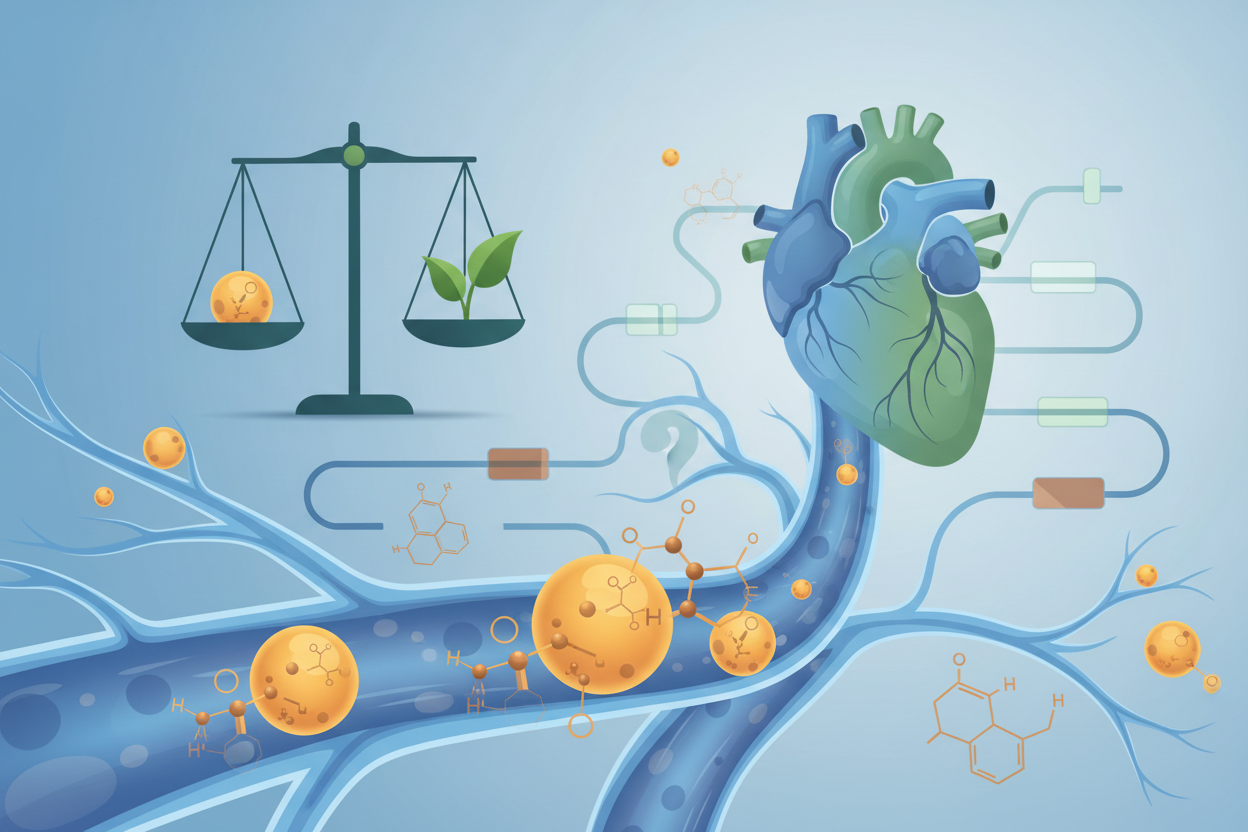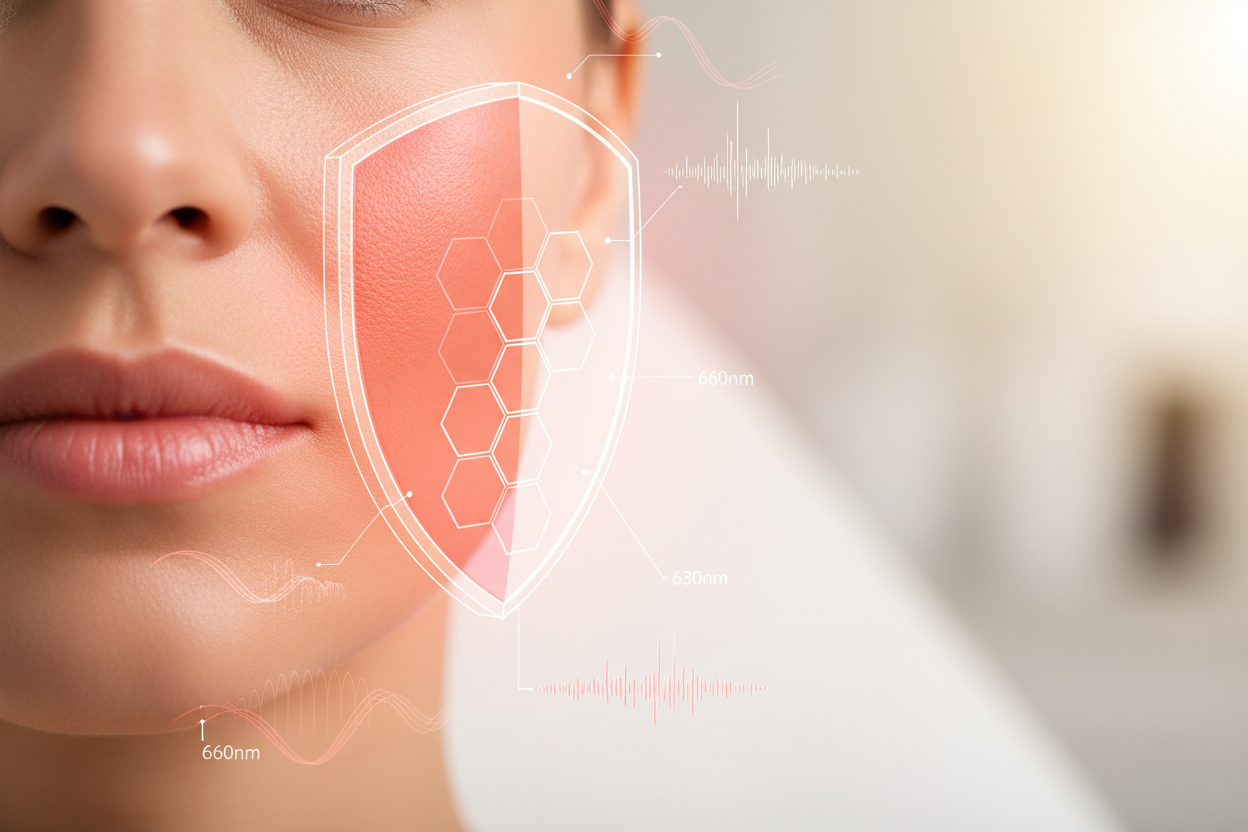Introduction:
At a time when humanity is facing an increasing incidence of neurodegenerative diseases, especially Alzheimer's disease (AD), a new hope emerges in the form of an innovative treatment method - photobiomodulation (PBM). This non-invasive therapy using light offers the potential to improve the quality of life for millions of people worldwide.
Photobiomodulation is a therapeutic method that uses red or near-infrared light to stimulate cellular processes in the body. According to a review study published in the journal Photonics (Hamblin, 2019)[1], PBM is effective in promoting healing, reducing inflammation, and preventing cell death. In the context of Alzheimer's disease, the application of PBM via the transcranial method (tPBM), where light is applied directly to the patient's head, is particularly interesting.
The mechanism of action of PBM lies in its ability to stimulate mitochondrial functions in the brain. Hamblin, in his study, describes that PBM increases ATP production while also supporting cellular signaling pathways, which can lead to improved cognitive functions and protection against neurodegeneration[1].
Alzheimer's disease is characterized by the formation of beta-amyloid plaques and tau protein tangles in the brain. Hamblin emphasizes that a large number of clinical studies have failed to demonstrate the benefit of tested drugs in stabilizing or reversing the steady decline of cognitive functions in patients with dementia[1]. However, PBM offers a new approach by targeting key mechanisms in the development of AD, such as oxidative stress, inflammation, and mitochondrial dysfunction.
A study published in the Journal of Alzheimer's Disease (Saltmarche et al., 2017)[2] presented positive results from a clinical trial using tPBM in patients with dementia. Participants showed improvements in cognitive functions, better sleep, less anxiety, and reduced "wandering behavior." These results suggest that PBM may be an effective complementary therapy for patients with Alzheimer's disease.
It is important to emphasize that PBM is not presented as a miracle cure, but rather as a potential complementary therapy. Its non-invasive nature and minimal side effects make it an attractive option for patients seeking alternatives to traditional pharmacological approaches. Hamblin, in his study, points out that PBM could be especially beneficial when combined with other treatment methods[1].
Conclusion:
Photobiomodulation represents a fascinating area of research in the fight against Alzheimer's disease. Although there is still a long way to go to fully understand and optimize this therapy, the results so far are encouraging. PBM offers hope for improving the quality of life for patients with AD and potentially other neurodegenerative diseases as well.
It is clear that further research is necessary to confirm the effectiveness of PBM and to better understand the precise mechanisms of its action. However, we can already say that photobiomodulation opens new horizons in the treatment of Alzheimer's disease. With ongoing research and clinical studies, we can look forward to further discoveries that could significantly contribute to the fight against this insidious disease.
Reference:
[1] Hamblin, M.R. (2019). Photobiomodulation for Alzheimer's Disease: Has the Light Dawned? Photonics, 6(3), 77. https://doi.org/10.3390/photonics6030077
[2] Saltmarche, A.E., Naeser, M.A., Ho, K.F., Hamblin, M.R., & Lim, L. (2017). Significant Improvement in Cognition in Mild to Moderately Severe Dementia Cases Treated with Transcranial Plus Intranasal Photobiomodulation: Case Series Report. Journal of Alzheimer's Disease, 57(4), 1261-1277. https://doi.org/10.3233/JAD-160833





Leave a comment
This site is protected by hCaptcha and the hCaptcha Privacy Policy and Terms of Service apply.